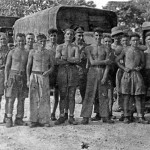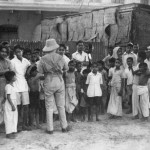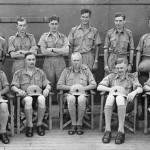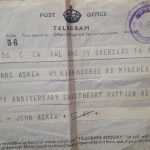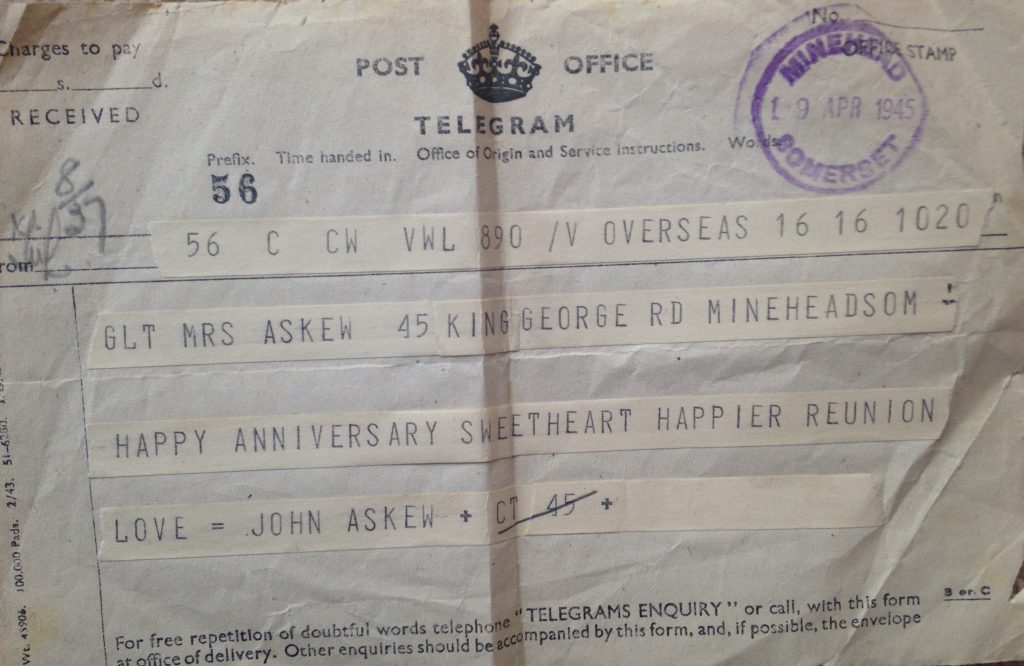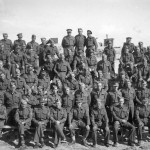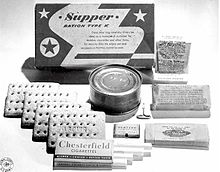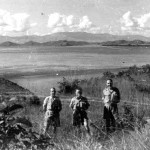World War Two
Saturday 28th April 1945
It’s going to be mainly officers on this trip and the accommodation is very cramped, no cabins, just decks filled with folding bunks. The GR’s that are on this ship are staff and seem to like the job. They get the same food and accommodation as us and pay for duties.
Note: GR’s = possibly Gurkha Regiment?
Friday 27th April 1945
We left Deolali at 8am in a pukka troop team and it was not at all bad. Got off the train at 4.30. By looking after others and not myself I was at the back of the queue. I got on board about 7.30 and just got some grub.
The boredom John and others felt at the Deolali British Army transit camp gave rise to the expression “going Doolally”, originally “doolally tap”, meaning to ‘lose one′s mind’. ‘Tap’ possibly comes from the Sanskrit word ‘tapa’ meaning ‘heat’ or ‘fever’.
Thursday 26th April 1945
We learn there is no baggage room on Ship Z and that our luggage is confined to a suitcase. the ship is converted to an American trooper and all officers have fallen for this beauty.
Sunday 22nd April 1945
Nothing happens as normal. This is the last day of arrivals. Perhaps something will start happening.
Getting browned off slightly with seeing so many officers I think and having so little to do.
The boredom John and others felt at the Deolali British Army transit camp gives rise to the expression “Going Doolally”, originally “doolally tap”, meaning to ‘lose one′s mind’. ‘Tap’ possibly comes from the Sanskrit word ‘tapa’ meaning ‘heat’ or ‘fever’.
Saturday 21st April 1945
Went to the movies today. I have a lousy sore throat. We go to the officers’ shop but I get nothing.
Thursday 19th April 1945
Still on the train.
Wednesday 18th April 1945
On the train. We live on K rations and for short periods they are quite pleasant
The K-ration was an individual daily combat food ration which was introduced by the United States Army during World War II. It was originally intended as an individually packaged daily ration for issue to airborne troops, tank crews, motorcycle couriers, and other mobile forces for short durations. The K-ration provided three separately boxed meal units: breakfast, dinner (lunch) and supper (dinner).
Tuesday 17th April 1945
We left at about 6pm, seven of us in a compartment meant for three. The seats were very narrow and we had to strap the valises on.
Monday 16th April 1945
We learn that we are to go tomorrow.
